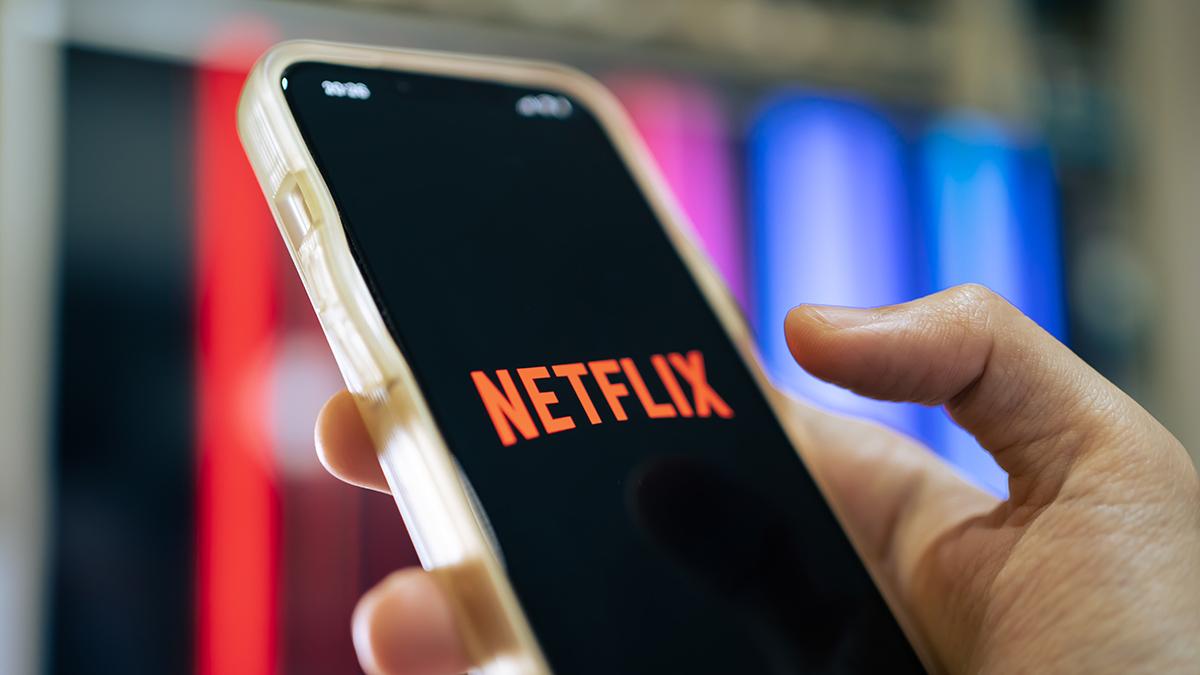Have you ever found yourself struggling with numerous cables just to show your favorite vacation photos on your TV? Or maybe you've wished to enjoy a movie from your laptop on a larger screen without the hassle of connecting hardware? Welcome to the age where screen sharing technology has evolved to make our lives simpler and our home entertainment richer. In this journey through the evolution of screen sharing, we'll explore how this tech has transformed from a tangled mess of wires to a seamless, wireless experience, enhancing our home movie nights, gaming sessions, and so much more.
The Rise of Screen Sharing: A Historical Perspective
In the not-so-distant past, sharing content from one screen to another was a clunky affair. It often involved a jumble of cables, specific adapters, and a lot of patience. Initially, screen sharing was confined to professional settings, like boardrooms and classrooms. However, as technology progressed, so did the ways we share and interact with digital content.
This shift began with the advent of HDMI and VGA cables, which allowed us to connect devices to larger screens. But, as is often the case with technology, convenience drove innovation. People wanted easier, faster ways to share content without the mess and limitations of wires. This desire led to the development of wireless screen sharing technologies. From Bluetooth to Wi-Fi, the evolution has been rapid and revolutionary, leading us to today's world where sharing your screen is as simple as a few clicks.
Current Trends in Screen Sharing: From Computers to TVs
Nowadays, screen sharing isn't just about projecting a presentation from a laptop to a projector. It's an integral part of home entertainment. This technology has expanded beyond the confines of office walls and into our living rooms. It's not uncommon to find people streaming their favorite TV series from their smartphones to their smart TVs, playing mobile games on a larger screen, or even conducting virtual workout sessions via their TV.
One key player in this realm. This application embodies the modern trend of screen sharing, allowing seamless casting of content from a mobile device to a TV. Whether it's sharing vacation photos, streaming a trending YouTube video, or mirroring a live sports event, the process is incredibly user-friendly and efficient.
This trend is not just about convenience; it's about experiencing content in the best possible way. The quality of display and sound on modern TVs enhances the viewing experience significantly, making screen sharing a go-to choice for anyone looking to amplify their multimedia consumption.
Practical Uses and Benefits
Screen sharing technology isn't just a fancy addition to your tech repertoire; it has practical, everyday uses that can enhance your life. Imagine being able to:
- Stream your favorite movies or TV shows from your phone or laptop directly to your TV, without the need for additional streaming devices.
- Share your latest vacation photos with family and friends on a big screen, making the experience more interactive and enjoyable.
- Play mobile games or use fitness apps on your TV, giving you a larger, more immersive experience.
The benefits are clear: screen sharing brings a new level of convenience and quality to our media consumption. It's not just about watching content; it's about experiencing it in a more engaging, communal, and enjoyable way. Whether it's a solo movie night or a get-together with friends, screen sharing technology ensures that everyone gets the best seat in the house.
Potential Pitfalls and How to Overcome Them
Like any technology, screen sharing comes with its set of challenges. One common issue is connectivity. Sometimes, devices struggle to connect, or the connection is unstable. This can be due to a variety of reasons, such as outdated software, interference from other devices, or compatibility issues.
To overcome these challenges, it's important to:
- Ensure that both your TV and the device you're sharing from are updated with the latest software.
- Check your Wi-Fi connection and consider using a dedicated network for screen sharing to avoid interference.
- Choose screen sharing applications, known for their reliability and compatibility with a wide range of devices.
Another concern is the quality of the stream. Sometimes, the video might lag or the resolution drops. To avoid this, ensure your internet connection is strong and stable, and that the screen sharing app you're using is optimized for high-quality streaming.
Conclusion
The evolution of screen sharing technology has significantly enhanced our home entertainment experience. From tangled cables to wireless convenience, this technology has made it easier and more enjoyable to share and consume content. Applications like DoCast are at the forefront of this revolution, offering seamless, high-quality screen sharing that is transforming the way we interact with our TVs. As technology continues to evolve, we can only expect screen sharing to become more integral to our daily lives, making our interactions with digital content more immersive, social, and enjoyable.

